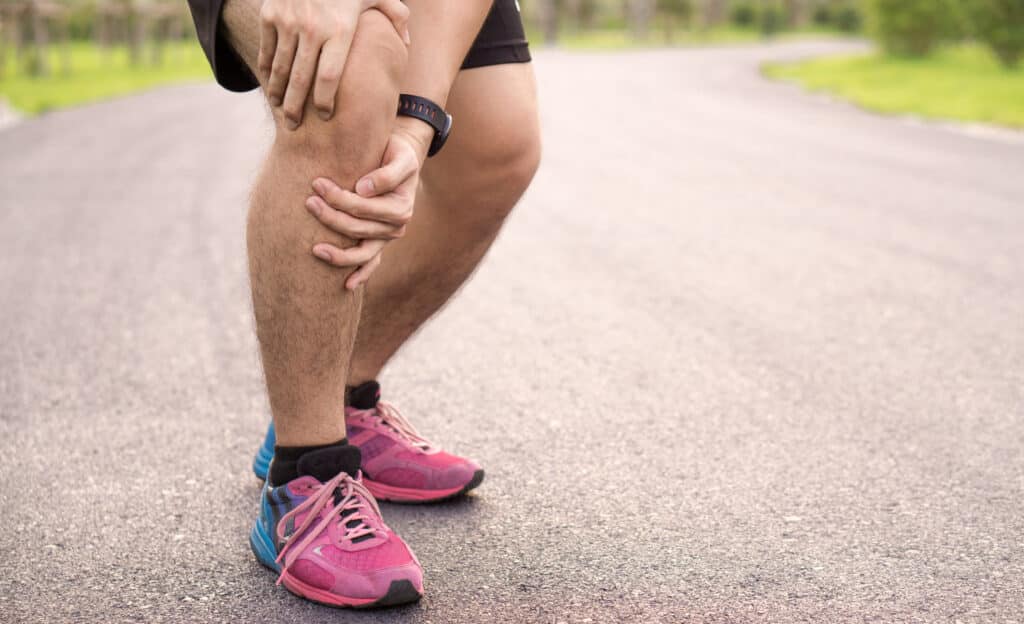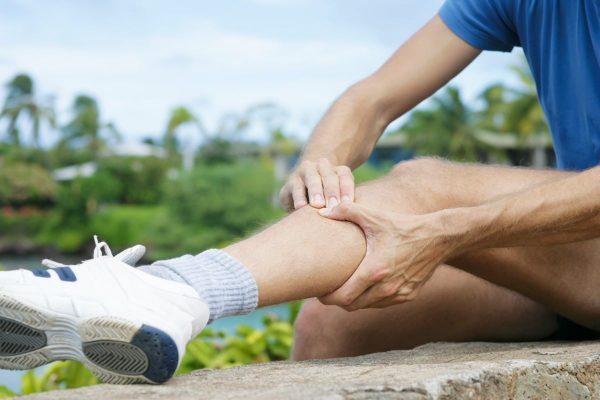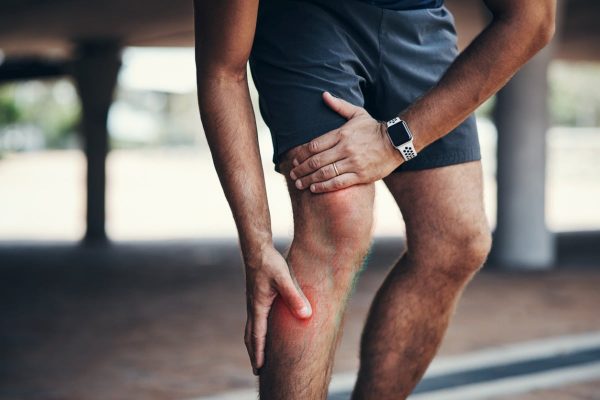
Medial Tibial Stress Syndrome, otherwise known as shin splints, is a common injury that affects athletes and runners. It is also known as shin splints, which is characterized by pain in the lower leg. While shin splints can be a painful condition, there are varying reports of how consistently it hurts. Some people feel pain all the time, while others experience it only during or after exercise. In this blog post, we will explore whether MTSS hurts all the time and what you can do to manage the pain.
MTSS is caused by repetitive stress on the shinbone and connective tissue that attaches muscle to bone. This stress causes inflammation and micro-tears in the affected area leading to pain. The severity of pain varies from person to person, depending on various factors such as age, gender, body weight, and activity level. Some people may experience severe pain all the time, while others feel mild discomfort intermittently.
If you have MTSS, you may experience different types of pain – dull ache or sharp stabbing sensation – depending on the severity of your injury. Typically, you will feel more intense pain when you start exercising or continue for longer durations. However, some people report feeling no pain during exercise but rather afterward when resting or sleeping.
So does MTSS hurt all the time? The answer is no; it varies from person to person and depends on several individual factors such as age and activity level. In general, though, if you have MTSS and don’t treat it properly with rest and modalities like ice packs or stretching exercises prescribed by a physiotherapist or chiropractor, then it will likely worsen over time.
To manage your MTSS symptoms effectively, seek medical attention from a qualified healthcare professional like a physiotherapist or chiropractor who can diagnose your condition accurately and offer personalized treatment options. Treatment typically involves rest, ice, compression, and elevation (RICE) protocol, non-steroidal anti-inflammatory drugs (NSAIDs), physiotherapy exercises, and orthotics.
Prevention is the best cure for MTSS. You can reduce your risk of developing MTSS by wearing appropriate footwear that provides adequate support and cushioning. Improper footwear can make your shin splint pain worse. You should also gradually increase the intensity of your workouts to avoid sudden stress on your shins. Additionally, stretching before and after exercise can help reduce muscle tension and prevent injury.
In conclusion, MTSS is a common injury that causes pain in the lower leg due to repetitive stress on the shinbone and connective tissue that attaches muscle to bone. While the severity of pain varies from person to person, it does not hurt all the time. If you have MTSS, seek medical attention from a qualified healthcare professional like a physiotherapist or chiropractor who can diagnose your condition accurately and offer personalized treatment options. Remember that prevention is always better than cure; take proper precautions to avoid developing MTSS in the first place.
To better understand how overuse and biomechanics contribute to shin splints, visit our Comprehensive Guide to Medial Tibial Stress Syndrome.




